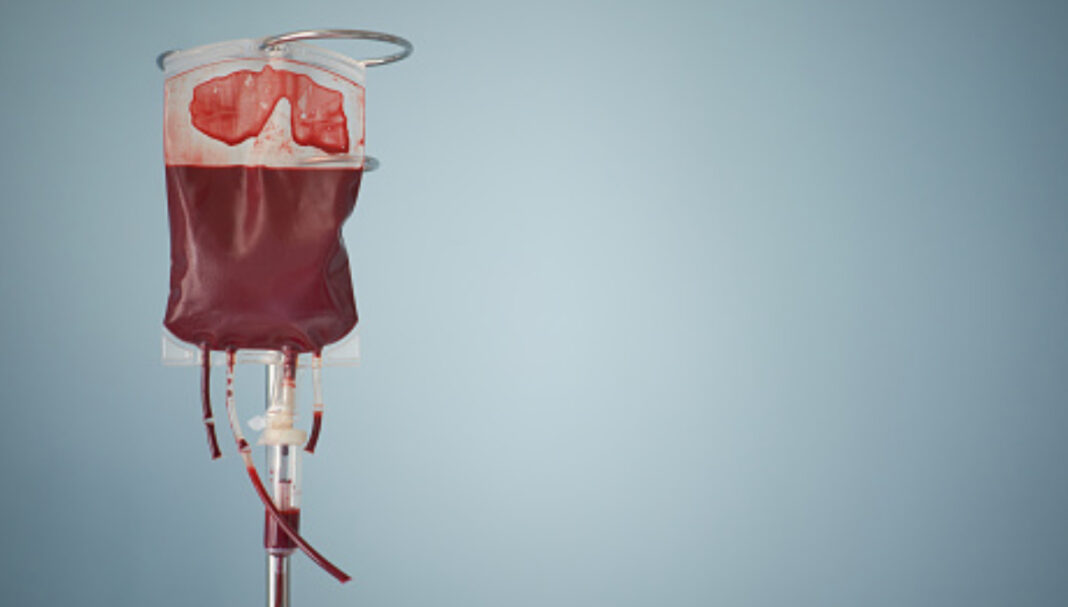Case Scenario
Vivienne, a 78-year-old patient of yours, recently started an iron supplement for iron deficiency anaemia (IDA) diagnosed by her GP. Her current medicines are irbesartan 150 mg once daily, calcium 600 mg (as carbonate) and colecalciferol 25 microgram once daily and ferrous sulfate 325 mg (105 mg elemental iron) once daily. While chatting, she explains she has been taking the iron an hour before breakfast with her morning cup of tea and her other medicines with breakfast. She seems to be adherent to her medicines, except the iron, which she says upsets her stomach. You also learn that her diet includes limited meat or vegetables.
|
|
THIS IS A CPD ARTICLE. YOU NEED TO BE A PSA MEMBER AND LOGGED IN TO READ MORE.















